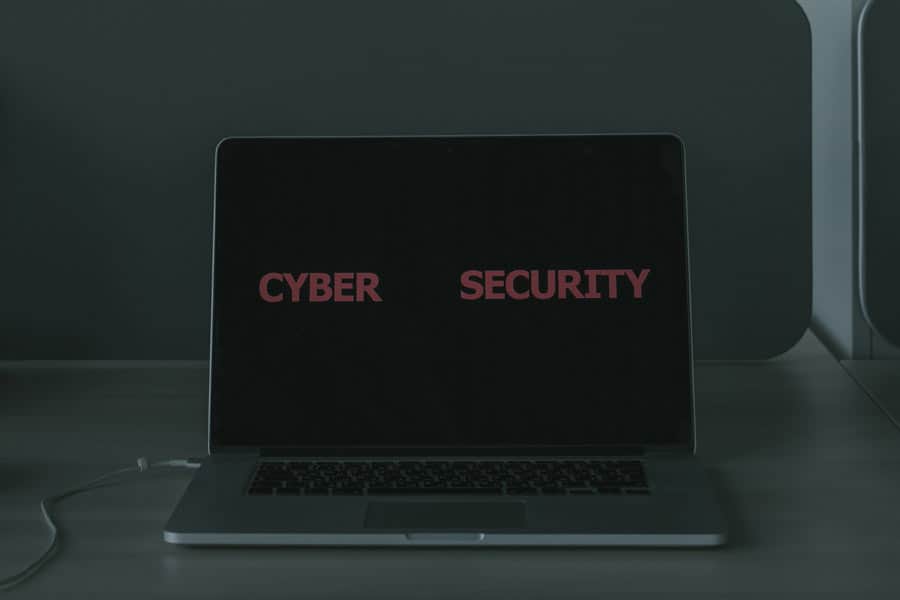Deep Fake Technology – Why It Is a Risk for Your Business

It’s no secret that the internet can be a terrifying place. But most people think that the biggest threat is suffering a cyber attack. And while cyberattacks are very dangerous and disruptive, they are not the only threat. Deep fake technology is growing and presents a different type of threat.
What is Deepfake Technology?
Deepfake technology uses an evolving form of artificial intelligence that makes it difficult to tell whether a news story you encounter online is real or not. It produces something called ‘deepfakes.’
The term deepfake combines the concept of machine learning (or deep learning) with something that isn’t real (or fake). Deep learning is a subset of artificial intelligence that refers to arrangements of algorithms that can learn and make intelligent decisions autonomously. Deepfake stories use artificial images and sounds put together with machine-learning algorithms. The creator may use this technology to manipulate existing media by replacing a person’s image, voice, or both with similar artificial likenesses or voices.
The term deepfake also originated in 2017, when a Reddit user manipulated Google’s open-source, deep-learning technology to create fake pornographic videos. These videos replaced real faces with celebrity faces. His username was “Deepfakes,” which is where the term originates.
Deepfakes are generally created on high-end desktops rather than standard computers and use an astonishing amount of computing power.
Why Do Creators Produce Deepfakes?
The natural question is, why would anyone want to create these fake news pieces? The bottom line is that they use deepfakes to deceive viewers by spreading misinformation. They want people to believe something happened or was said that never occurred in reality. Deepfakes are commonly used in politics to make a candidate appear to say or do something that never actually occurred.
In addition to political misuse, deepfakes can be used for other criminal purposes, such as:
- Carrying out a scam or hoax
- Creating celebrity pornography
- Social engineering
- Automated disinformation attacks
- Financial fraud or identity theft.
As you can see, deepfakes can threaten nearly anyone, not just those in politics. Deepfakes threaten cybersecurity, individual and corporate finances, and reputations. And as a relatively new trend, deep fake technology can be used for other nefarious purposes that have not been discovered yet.
How Can Deepfake Technology Impact a Business?
Deepfake technologies can be used to threaten a business. No one is immune to the threat of this technology. Therefore, we see common corporate deepfake threats in a few forms.
- Supercharging scams – In this scam, deepfake audio is used to pretend that a leader is requesting that an employee send money. The money is then directed to cyber criminals rather than used for a legitimate corporate expense.
- Extortion scams – In these scams, deepfake content may be used to threaten a leader or business owner so that they pay the criminal rather than risk the fake material being revealed.
- Identify theft – Deepfake technology is commonly used to commit financial fraud through identity theft.
As this list demonstrates, deepfake technology is not just a threat to politics. It can be used to extort businesses – which is a risk that every business leader should be concerned with.
How Can You Detect Manipulated Videos or Audio?
Deepfakes are created using artificial intelligence, which means that AI can be used to detect them. With deepfakes becoming a bigger, more robust threat, many technology leaders are committed to combatting deepfakes through technological initiatives.
However, there are also other telltale signs that can help you spot a deepfake video, such as:
- Unnatural eye movement
- A lack of blinking
- Unnatural facial expressions
- Facial morphing (the stitch of one image over another)
- Unnatural body shape
- Unnatural hair
- Abnormal skin colors
- Awkward head and body positioning
- Inconsistent head positions
- Odd lighting or discoloration
- Bad lip-synching
- Robotic-sounding voices
- Digital background noise
- Blurry or misaligned visuals
In addition to technological solutions for identifying deepfakes, many social media platforms have implemented policies to prohibit deepfakes. The US government has also made efforts to combat the use of deepfake technology, and several states have also passed laws related to deepfake technology.
Many companies are preparing for deepfake threats by developing consistent communication structures and distribution plans. These plans include centralized monitoring and reporting along with deepfake detection technologies.
Deepfake technology is a relatively new threat that will likely grow in the coming years. As a result, accounting for deepfake threats will likely be a standard part of overall cybersecurity and disaster recovery plans. To learn more about preparing your business for the threat of deepfakes, contact Sagacent Technologies today!
